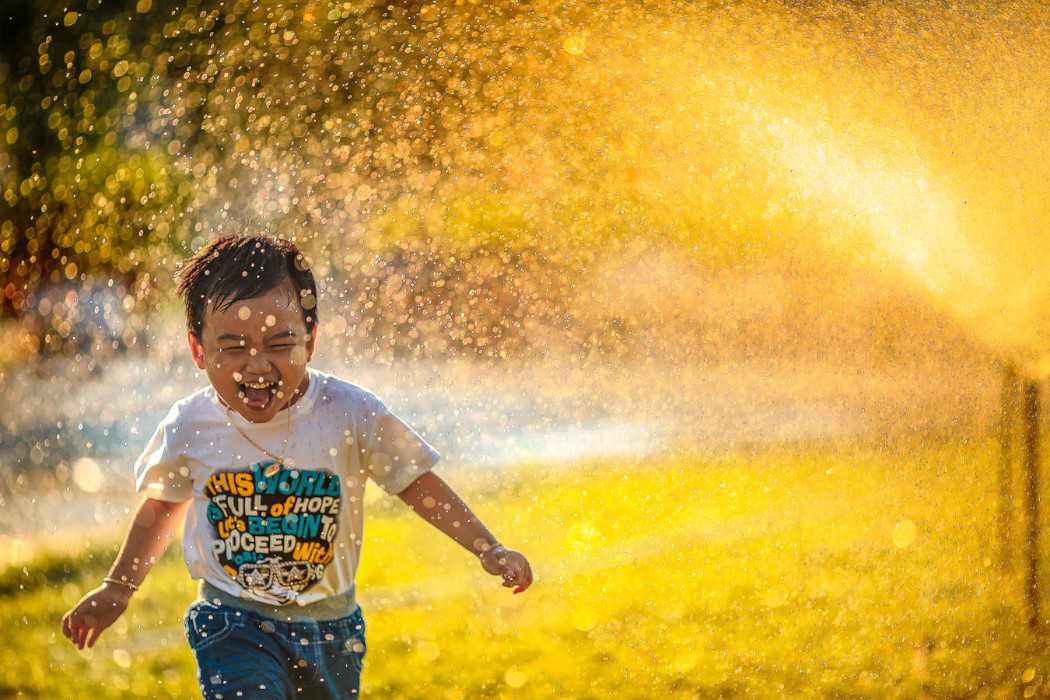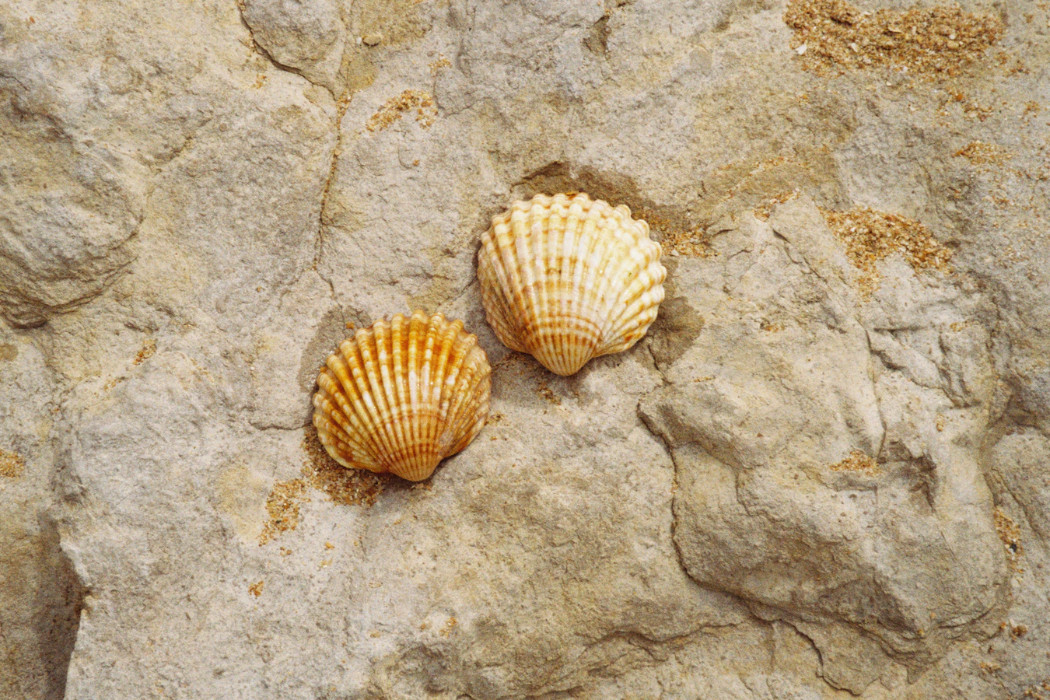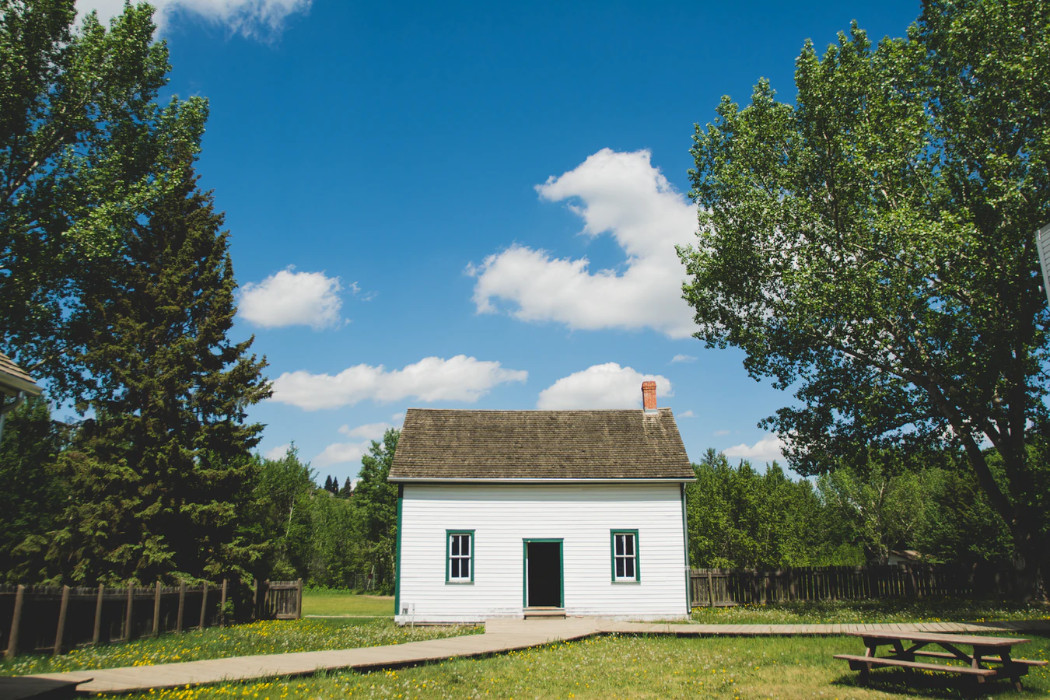The most anthologised poem of Robert Frost was probably written in 1913-1914 but it was first appeared in 1915 in Atlantic Monthly in the August issue and was later collected in Frost’s third book Mountain Interval (1916). He was perhaps inspired by another not-so-famous American poet Lucy Larcom’s poem “Swinging on a Birch-tree”. Frost once told “it was almost sacrilegious climbing a birch tree till it bent, till it gave and swooped to the ground, but that’s what boys did in those days”.
Birches Critical Analysis by Robert Frost
Written in conversational language, the poem constantly moves between reverie to reflection style=”font-weight: 400;”>, truth and imagination, earth and heaven, concrete and spirit, control and abandon and flight and return. In the first section of the poem, he gives us the possible explanations for the bending of the birch trees. Then he goes on to describe the snows and their beauty. A strong sense of escapism is evident in both of these sections which becomes more evident in the later portions of the poem when he speaks of leaving this earth because of its confusion and make a heavenward journey. But the speaker does not want to die by leaving earth forever. He wants to come back to this earth as he thinks earth to be the right place for love. So, after an initial world-weariness, the poet narrator reconciles to the idea of reality.
The narrator evokes a strong nostalgia of his childhood days in this poem. The mood of the poem is an imaginative & a dreamy one. The poem deals with the underlying themes of human escapism, fantasy & boyhood musings. The nature also plays a substantial role in the poem. The poem is written in blank verse with a particular emphasis on “sound of sense”. The poem uses the natural world and seemingly every day events as a vehicle to explore the human experience. Originally this poem was called “Swinging Birches” one of Frost’s early works published in 1916, a title perhaps more accurately depicting the subject. In writing this poem, Frost was inspired by his childhood experience with swinging in birches which was a popular children’s game during his time. The poem moves back & forth between two visual perspectives: birch trees as bent by boy’s playful swinging & by ice storms, the thematic interweaving being somewhat puzzling. The birches bent “across the lines of straighter darker trees” subtly introduce the theme of imagination & will opposing darker realities. The visual image of the bent birches causes the narrator to speculate about how the tree became that way. He prefers his idea of the boy swinging in the birch trees thus arching its branches. But, he is forced to acknowledge the truth that the bends are caused permanently by the ice storms. This scene combines images of beauty & distortion. Ice shells suggest radiating light & colour, & the trees bowed to the level of the bracken suggest suffering which is lightened by the strange image of girls leaning their hair toward the sun as if in happy submission. The “fallen inner dome of heaven” alludes to Shelley’s “dome of coloured glass” to suggest the shattering of the ideal into everyday reality. The narrator has become weary from his responsibilities as an adult in this world where one has to maintain a rational outlook. The “considerations” he is weary are conflicting claims that leave him disoriented & stung. He feels lost. To him life seems like “A path less wood/ Where your face burns & tickles with the cobwebs.” In the poem the act of swinging is presented as providing a recluse from the bitter truth or hard rationality. As the boy is climbing the tree he is climbing towards heaven where his imagination can be set free. The poet explains that climbing the birch is an opportunity to “get away from Earth awhile/ And then come back to it & begin over.” The strong sense of escapism is evident in these lines.” On a figurative level, climbing a birch tree becomes a way to escape the hard realities of the adult world. The narrator admits that he used to be a “swinger of birches” and would like to be one again. He would like to abandon the cares of adulthood and become a boy once again. And when he escapes these cares, when he embraces imagination & eschews reality, he wants to do so by climbing a birch tree thus experiencing once again the carefree attitude of youth. Here the narrator begins to probe the power of his redemptive imagination as it moves from its playful phase toward the brink of transcendence. “A swinger remains grounded through the roots of the trees as he climbs, but he is able to reach beyond his normal life on the earth to higher plane of existence.” The narrator also regrets that he can no longer find his peace of mind by swinging on birches. It is because he is an adult, he is unable to leave his responsibilities behind & climb toward heaven until he can start fresh on the earth. It is also significant that the narrator’s desire to escape from the rationality is inconclusive. He wants to escape as a boy climbing toward heaven, but he also wants to return to the earth: both “going & coming back.” However much our narrator would like to get away from earthly responsibilities, he does not wish to be taken away for good. Therefore, he wants the fate to “half grant” him a wish to be distant from this world & his responsibilities. The word half grant is of particular importance here as he is reluctant to go away permanently. After all, “Earth’s the right place for love/ I don’t know where it’s likely to go better.” He only wishes to go “toward heaven” & not to heaven. The freedom of imagination is wondrous & appealing but the narrator still cannot avoid returning to the “Truth” & his responsibilities on the ground; the escape is only a temporary one. The poem ends on a lighter note stating that “one can do worse than being a swinger of birches.”
The setting of the poem:
The poem is set in a birch forest where the narrator spots a birch tree or probably multiple trees bending down due to the ice-storm. The forest is most probably in the countryside. Robert Frost has lived most of his life in the countryside. So, it’s no wonder that Nature would play an important role in his poems.
The mood of the poem:
The mood of the poem is imaginative and dreamy. After seeing a birch tree bending down, the narrator starts imagining the possible causes for the phenomenon. The poet loves to think that the birches had been swung that way by the mischief of some adventurous kid. But as he himself had once been a swinger of Birches, he knows that such an effort would never bend them in a permanent way. Only ice storms can do that.
Tone:
The tone of the poem is conversational. In the first section of the poem, the poet addresses the audience or the reader as “you” and builds up a sort of conversation with her/him. The technique of including the reader is quite innovative and a trademark of Robert Frost. It is often seen that in many of his poems, he engages into these sorts of conversation with Nature or a phenomenon that culminates into a deeper understanding of the Nature.
Form and Structure:
The poem is written in blank verse (unrhymed iambic pentameter) with variations to the standard rhyme scheme.
Whether you’re aiming to learn some new marketable skills or just want to explore a topic, online learning platforms are a great solution for learning on your own schedule. You can also complete courses quickly and save money choosing virtual classes over in-person ones. In fact, individuals learn 40% faster on digital platforms compared to in-person learning.
Some online learning platforms provide certifications, while others are designed to simply grow your skills in your personal and professional life. Including Masterclass and Coursera, here are our recommendations for the best online learning platforms you can sign up for today.
The 7 Best Online Learning Platforms of 2022
-
Best Overall:
Coursera
-
Best for Niche Topics:
Udemy
-
Best for Creative Fields:
Skillshare
-
Best for Celebrity Lessons:
MasterClass
-
Best for STEM:
EdX
-
Best for Career Building:
Udacity
-
Best for Data Learning:
Pluralsight
Related
















